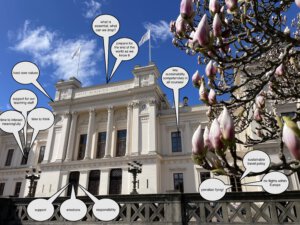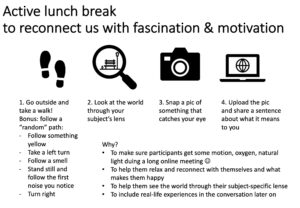
Preparing my course “Teaching for Sustainability” with the support of Noah (2025)’s brilliant book
In preparation for this fall’s online course on “Teaching for Sustainability“, I was looking into what kind of methods I want to model. And then — perfect timing — I…

